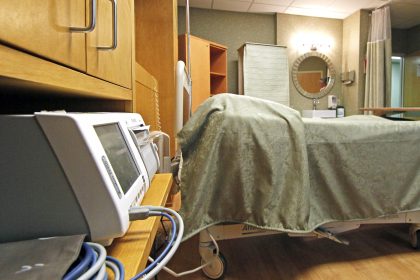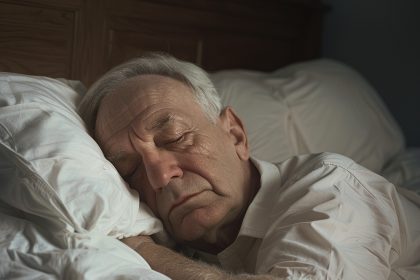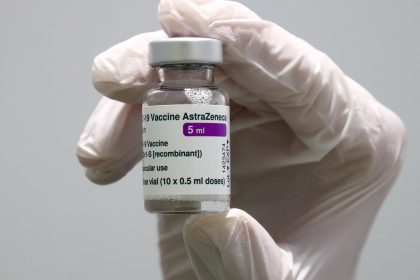Pilates: More Than a Passing Fad

WASHINGTON — As other fitness trends come and go, Pilates has some legs. You may have seen a Pilates studio in your town, watched a video on social media, or noticed it on the class schedule at your gym. It’s a great workout that can help strengthen your core and it dates back to the early 1900s.
Pilates was originally developed to help injured soldiers in World War I and was later used to rehabilitate injured dancers. We’ll explore its unique beginnings to its current status as a popular fitness class and dive into the research behind some of its benefits.
What Is Pilates?
Pilates, initially called Contrologly, is a specific type of low-intensity exercise that focuses on engaging your muscles and performing a low number of slow and controlled repetitions. It may be considered strength training, but you only use your body weight as resistance.
Pilates consists of 50 base exercises intended to help you build strength, muscular endurance and flexibility while improving balance and posture. Pilates exercises are based on five key points:
- Controlling your breath and linking it with each movement.
- Aligning your spine and engaging the postural muscles to support it.
- Stabilizing the position of your ribs and scapula (shoulder blades).
- Moving your pelvis through its range of motion.
- Engaging your transverse abdominis, your deepest core muscles. Deep breathing helps create tension in your core.
Each exercise begins with careful attention to engaging your core, glutes and muscles around your spine. Then, you move through a controlled range of motion while maintaining the engagement. It differs from types of exercise where you do multiple repetitions, move quickly, or lift heavy weights, but you will feel the burn.
Brief History
Joseph H. Pilates was a physical trainer from Germany. He grew up often sick and weak and turned to exercise, inspired by yoga, meditation, martial arts and ballet principles. During World War I, he worked in a hospital treating bedridden soldiers. He added springs to their hospital beds to give them support as he moved their limbs and they began to recover faster.
In 1920, he came to the United States and developed this system to treat injured dancers. The role of Pilates in injury rehabilitation has remained. Building strength in muscles around injuries can help people recover, as seen in physical therapy.
Types of Pilates
In the 1990s, Pilates became a popular fitness class and celebrities began citing it as a way to help one look “long and lean” — a claim that keeps Pilates popular today.
Mat Pilates
The most common type of Pilates is a mat class. In this class, you perform all the exercises on your mat with just your body weight, typically sitting up or lying on your back, side, or stomach.
Reformer Pilates
You can also do Pilates on a reformer, a machine with a sliding platform on which you can lay down, kneel, sit, or stand. The platform is attached to a box with springs that add resistance, harkening back to Joseph Pilates’ hospital beds. These classes are more challenging.
The Benefits of Pilates
Wondering if Pilates is right for you? Here are the potential benefits to consider.
- Builds Core Strength: Pilates’s focus on engaging abdominal muscles builds serious core strength, which helps protect your spine and prevent injury.
- Low-Impact Exercise: Pilates is low-impact; you can get a great workout without leaving the floor. It’s easy on your joints, uses only your body weight, and works and strengthens multiple muscle groups.
- Adaptable for Fitness Levels: Pilates is suitable for beginners, people recovering from injuries and even advanced athletes or weightlifters who may not be accustomed to engaging smaller muscles.
- Mind-Body Connection: Focusing on the breath in Pilates helps connect your mind and body, which can reduce stress and offer mental health benefits.
- May Reduce Back Pain: Much research has investigated how Pilates may help people with chronic non-specific lower back pain, which means back pain without a known injury or condition. Increasing pelvic mobility and strengthening the core and lower back muscles may be why it seems to help.
- Injury Rehabilitation: Since its inception, Pilates has been used to help with injury rehabilitation. Research shows it may help restore movement patterns in injured athletes.
- May Improve Posture: In Pilates, you spend a lot of time and concentration engaging the muscles around your spine to align them in a neutral position. Over time, it may improve your posture overall.
- May Improve Balance: Pilates may help improve balance by strengthening the core. Some studies suggest it may reduce the risk of falls in older adults.
- Older Adults: Research shows Pilates can be an effective type of exercise for older adults. It may help them improve strength and flexibility and allow them to live independently. It also offers socializing, connection and enjoyment.
Engage and Strengthen
While Pilates may seem like a trendy workout, it has a history of helping injured people recover by regaining strength and mobility, which it is still great for today. It is a low-impact, low-intensity form of exercise that is accessible to beginners, athletes and older adults. Learning to feel and engage your muscles is important for everyone. Some people find Pilates enjoyable, which makes you more likely to stick with it for a strong and mobile life.
You can reach us at [email protected] and follow us on Facebook and X (formerly known as Twitter)
























